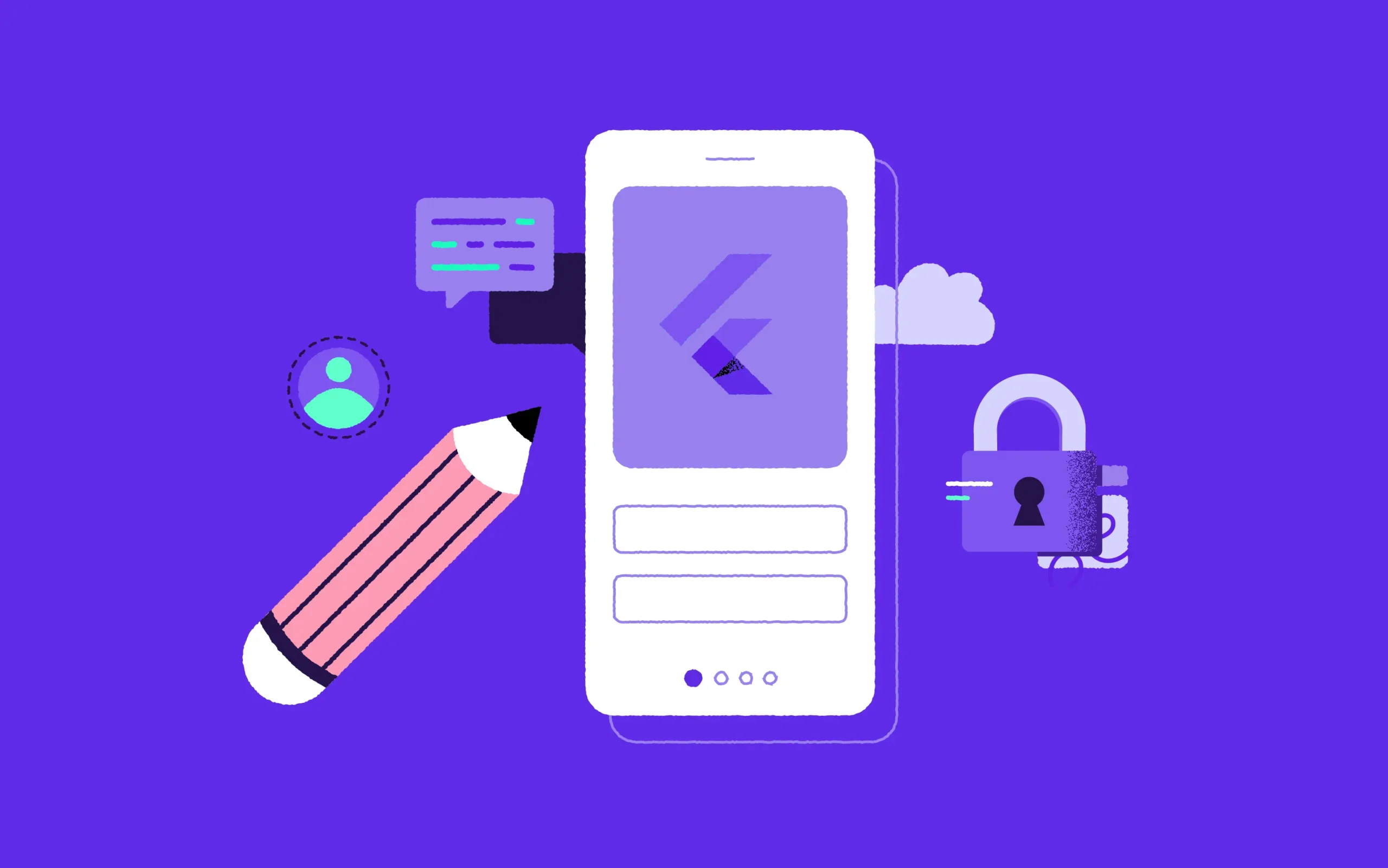Flutter is one of the most popular app development frameworks known for its cross-platform functionalities. Due to its robust performance and notable features, businesses often prefer it for their mobile app development project.
However, a wide range of features also provides cyber attackers with more gateways to potentially pose threats to the app. Considering that, it becomes extremely important for enterprises to hire an experienced Flutter app development company well-versed in leveraging the best security practices.
Why Is It Important to Consider Flutter App Security?
As the technology transforms, the nefarious practices of cyber attackers and intruders grow, as well. Due to this, protecting your applications becomes an utmost priority.
Below are some reasons why it is crucial to consider security for your Flutter application.
- User data security
An app stores personal and sensitive information of users, such as their passwords, date of birth, health records, official documents, and many other things. If this data falls into the wrong hands, it can be used for several unethical activities, ranging from impersonating users to digital payment scams. Thus, it becomes important to protect user data from unauthorized access and fraud.
- Regulatory compliance
Another important thing to take into consideration is that your app must comply with HIPAA, GDPR, and PCI DSS rules and regulations. All these legal rules and requirements ask companies to take proper measures to ensure user data safety. Non-compliance with these regulations can lead to heavy penalties, charges, and fines.
- Maintaining user trust
Data breaches and security leaks tarnish a brand’s reputation, which ultimately leads to a loss of the company’s credibility and user trust. By working on your Flutter app’s security, you can reassure your users that their privacy is respected and their data is in safe hands.
How to Secure Your Flutter Applications?
Below are some of the best practices and strategies to protect your Flutter applications from potential threats and vulnerabilities.
Secure Code Practices
Writing code with secure practices is one of the most crucial aspects of Flutter mobile app development. Here are some security-specific principles you can follow:
- Understand the implications of each line of code written.
- Ensure that the integrated libraries and dependencies are updated to the latest version.
- Leverage security-intensive patterns such as authentication and authorization.
- Incorporate the practice of code obfuscation to make it challenging for the attackers to gain code accessibility.
- Monitor and analyze the output of your application using a log analysis tool to identify suspicious patterns, if any.
Authentication and Authorization
One of the best security practices to protect access to your Flutter app is authentication and authorization. These protocols ensure that only authorized users can access the app and its associated data.
- Authentication is the process of identifying and validating a user trying to access.
- Authorization is providing access to a user based on their authentication credentials.
Below are some ways to implement and monitor the authentication and authorization protocols in your Flutter app’s system.
- Leverage a trusted and well-tested authentication system
- Provide a role-based control access
- Use JSON Web Tokens to keep track of who can do what
- Implement rate limiting to restrict unauthorized access
Data Encryption
Encryption of your data is important — no matter whether you have a web application or a mobile app. It secures your users’ data by making it incomprehensible to hackers or any other unauthorized person.
When it comes to Flutter applications, data encryption can help in securing sensitive data, including API keys and user credentials (usernames and passwords). For this, you can utilize the most common and widely used encryption algorithms, such as Advanced Encryption Standard (AES) or RSA, ensuring complete data protection from unauthorized access.
Code Minification and Obfuscation
Code minification is the process of eliminating code that is unnecessary or removing data from the program, making the app faster. Since the code is reduced, it becomes extremely challenging for hackers to read, access, and decipher it.
On the other hand, code obfuscation follows the reverse engineering process — making the code so complex that unauthorized readers can’t comprehend its structure. This way, it becomes a cumbersome process for intruders to gain access to your system.
Wrapping Up
Mobile app security has always been a top priority for businesses, and why not? After all, a huge number of users trust you with their sensitive information, breaching what results in loss of brand reliability.
By following the aforementioned strategies and practices, you can significantly protect your app from cyber threats. All you will need is a professional Flutter development partner with expertise in implementing these practices.


